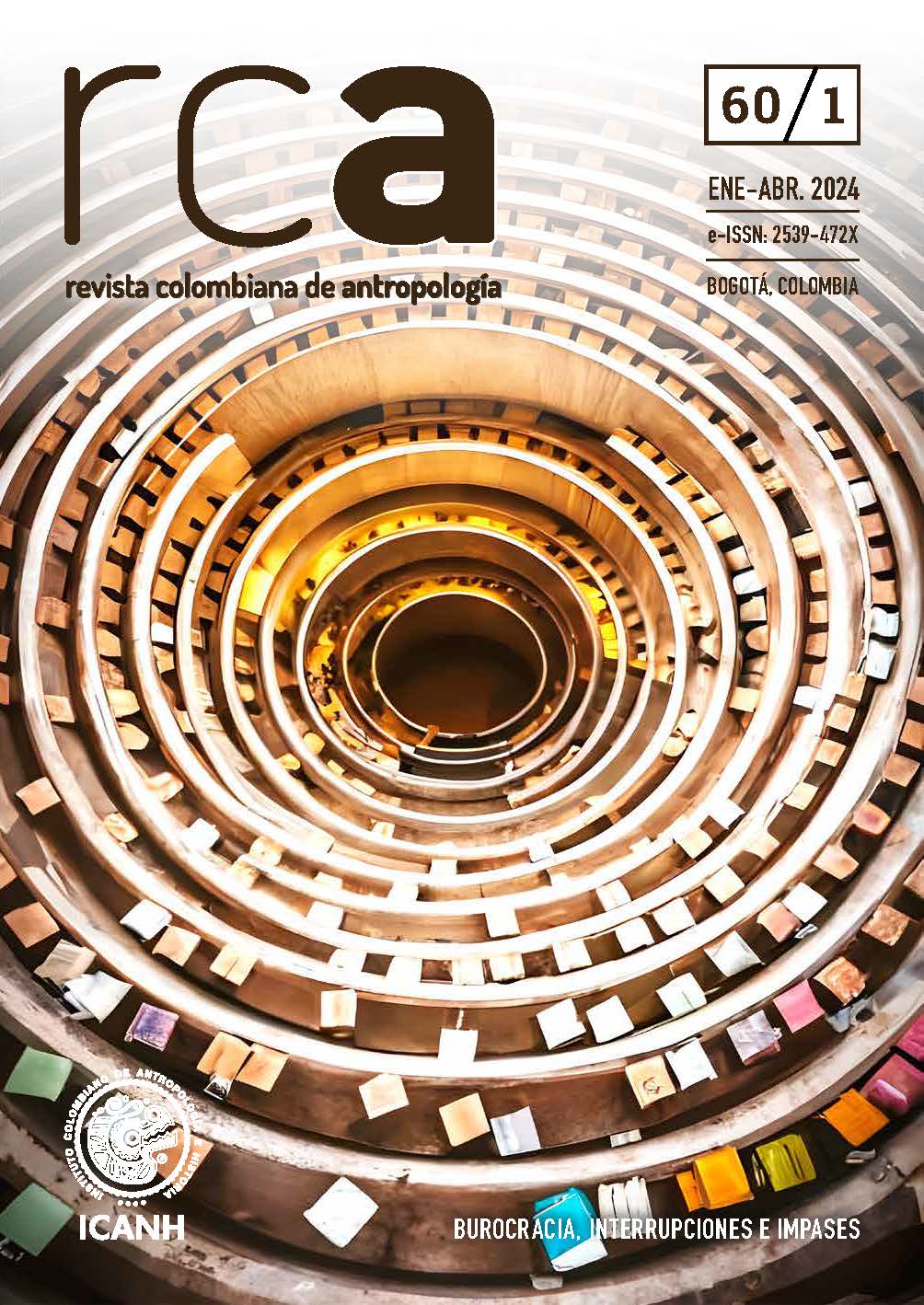“You get me?”: Impasses and Bureaucracy, (Dis)protection for Journalists in Mexico
DOI:
https://doi.org/10.22380/2539472X.2588Keywords:
bureaucracy, journalism, violence, performance, discourse analysis, ethnography of the stateAbstract
The case of Armando, a persecuted journalist who was not admitted to the Protection Mechanism for Human Rights Defenders and Journalists in Mexico, provides guidelines for discussing how, in interaction, the sovereign decision to leave someone exposed to
death is gestated. I suggest the impasse between Armando and the officials during the evaluation process is the cause of his rejection from the program. The impasse can be traced in the staging of two distinct discursive genres in which the non-understanding of the other emerges. My ethnographic approach to the state through the analysis of performance and language highlights (1) the difficulty and density of the interactionbetween Armando and the officials, and (2) how the sovereign decision to protect or not to protect someone is co-constructed and negotiated through language and its
moments of misunderstanding or impasses.
Downloads
References
Abrams, Philip, Akhil Gupta y Timothy Mitchell. 2015. Antropología del Estado. Ciudad de México: Fondo de Cultura Económica.
Agamben, Giorgio. 2010. Homo sacer: el poder soberano y la nuda vida. Valencia: Pre-Textos.
Bajtín, Mijail. 1992. “El problema de los géneros discursivos”. En Estética de la creación verbal, 248-293. México: Siglo XXI.
Bauman, Richard y Charles Briggs. 1997. “Poetics and Performance as Critical Perspectives on Language and Social Life”. En Creativity in Performance, editado por Keith Sawyer, 227-264. Connecticut: Ablex.
CIDH (Comisión Interamericana de Derechos Humanos) y RELE (Relatoría Especial para la Libertad de Expresión). 2017. “Informe conjunto del Relator Especial de las Naciones Unidas sobre la promoción y protección del derecho a la libertad de opinión y de expresión y el Relator Especial para la libertad de expresión de la CIDH sobre su misión a México”. Consultado el 10 de marzo de 2023. https://n9.cl/r5xmx
CPJ (Comité para Proteger Periodistas). 2023. “140 Journalists and Media Workers Killed in Mexico”. https://n9.cl/r5xmx
Crapanzano, Vincent. 1996. “‘Self’-Centering Narratives”. En Natural Histories of Discourse, editado por Michael Silverstein y Greg Urban, 106-120. Chicago: University of Chicago Press.
Díaz, Gloria Leticia. 2023. “Abusos y acoso… en el mecanismo de protección”. Proceso, 21 de agosto. Consultado el 22 de agosto de 2023. https://n9.cl/1d4d9
Diccionario general de la lengua española Vox. 2022. Barcelona: Vox.
Dick, Hillary Parsons. 2010. “No Option but to Go: Poetic Rationalization and the Discursive Production of Mexican Migrant Identity”. Language & Communication 30 (2):90-108. https://doi.org/10.1016/j.langcom.2009.07.001
Dick, Hilary Parsons, Claudia P. Segura y Nancy Dennehy. 2017. “Narrative in Sociocultural Studies of Language”. Consultado el 27 de septiembre de 2023. https://n9.cl/hhp1i
DOF (Diario Oficial de la Federación). 2012. “Ley para la protección de personas defensoras de derechos humanos y periodistas”. https://www.diputados.gob.mx/LeyesBiblio/pdf/LPPDDHP.pdf
Escobedo, Virginia. 2018. “En búsqueda de reconocimiento político: las performatividades múltiples del periodista. Una etnografía de periodismo y violencia en México”. Tesis de doctorado, Centro de Estudios Antropológicos, El Colegio de Michoacán. http://colmich.repositorioinstitucional.mx/jspui/handle/1016/456
Espacio OSC. 2015. “Segundo diagnóstico sobre la implementación del mecanismo de protección para personas defensoras de derechos humanos y periodistas”. Consultado el 10 de marzo de 2023. https://n9.cl/4wvmz
—. 2017. “ La deuda del Estado mexicano”. Consultado el 10 de marzo de 2023. https://espacio.osc.mx/la-deuda-del-estado-mexicano/
Estévez, Ariadna. 2020. “Mexican Necropolitical Governmentality and the Management of Suffering Through Human Rights Technologies”. Critical Criminology 28 (1): 27-42. http://dx.doi.org/10.1007/s10612-020-09502-8
Goffman, Erving. 1981. “Footing”. En Forms of Talk, 124-159. Philadelphia: University of Pennsylvania Press.
González, Raúl, coord. 2016. En defensa de periodistas y defensores de derechos humanos en riesgo. Ciudad de México: CNDH-Tirant lo Blanch.
Goodwin, Charles. 1994. “Professional Vision”. American Anthropologist 96 (3): 606-633. https://www.jstor.org/stable/682303
Gumperz, John J. 1992. “Contextualization and Understanding.” En Rethinking Context: Language as an Interactive Phenomenon, editado por Alessandro Duranti y Charles Goodwin, 229-252. Cambridge: Cambridge University Press.
Gupta, Akhil. 2015. “Fronteras borrosas: el discurso de la corrupción, la cultura de la política y el estado imaginado”. En Antropología del Estado, editado por Philip Abrams, Akhil Gupta y Timothy Mitchell, 71-144. Colección Umbrales, dirigida por Fernando Escalante Gonzalbo y Claudio Lomnitz. Ciudad de México: Fondo de Cultura Económica.
Holland, Madeline. 2018. “Stories for Asylum: Narrative and Credibility in the United States’ Political Asylum Application”. Refuge: Canada’s Journal on Refugees 34 (2): 85-93. https://doi.org/10.7202/1055579ar
Jacquemet, Marco. 2014. “Transidioma and Asylum: Gumperz’s Legacy in Intercultural Institutional Talk”. Journal of Linguistic Anthropology 23 (3): 199-212. https://doi.org/10.1111/jola.12027
Labov, William. 1 972. “ The Transformation of Experience in Narrative Syntex”. En Language in the Inner City: Studies in the Black English Vernacular, 354-397. Philadelphia: University of Pennsylvania Press.
Le Cour, Romain. 2020. “Orden, soberanía(s) y violencia en México. Otra propuesta”. Nexos, 7 de diciembre. Consultado el 15 de septiembre de 2023. https://seguridad.nexos.com.mx/orden-soberanias-y-violencia-en-mexico-otra-propuesta/
Lomnitz, Claudio. 2022. El tejido social rasgado. Ciudad de México: Era. Mbembe, Achille. 2003. “Necropolitics”. Public Culture 15 (1): 15-40. https://doi.org/10.1215/08992363-15-1-11
Mertz, Elizabeth. 1996. “Recontextualization as Socialization: Text and Pragmatics in the Law School Classroom”. En Natural Histories of Discourse, editado por Michael Silverstei y Greg Urban, 229-252. Chicago: University of Chicago Press.
“Negación: informe anual 2021 sobre libertad de expresión e información en México”. 2022. Artículo 19, 4 de abril. Consultado el 27 de septiembre de 2023. https://articulo19.org/negacion/
ONU-DH (Organización de las Naciones Unidas para los Derechos Humanos). 2019. “Diagnóstico sobre el funcionamiento del Mecanismo de Protección a Personas Defensoras de Derechos Humanos y Periodistas”. Consultado el 10 de marzo de 2023. https://n9.cl/8fzgm
Paz, Alejandro. 2009. “The Circulation of Chisme and Rumor: Gossip, Evidentiality, and Authority in the Perspective of Latino Labor Migrants in Israel”. Journal of Linguistic Anthropology 19 (1): 117-143. https://doi.org/10.1111/j.1548-1395.2009.01022.x
Propuesta Cívica A. C. 2017. “En búsqueda de protección. Recomendaciones prácticas del CIC Propuesta Cívica en el uso del mecanismo de protección federal”. Consultado el 5 de septiembre de 2023. https://propuestacivica.org.mx/proyecto/en-busqueda-de-proteccion-un-libro-que-ayuda-a-periodistas-y-personas-defensoras-de-derechos-humanos#image-65
Reporteros Sin Fronteras. 2022. “México, 2022 es ya el año más mortífero para los periodistas en la historia del país”. https://www.rsf-es.org/mexico-2022-es-ya-el-ano-masmortifero-para-los-periodistas-en-la-historia-del-pais/
Richland, Justin B. 2013. “Jurisdiction: Grounding Law in Language”. Annual Review of Anthropology 42: 209-226. https://doi.org/10.1146/annurev-anthro-092412-155526
Samet, Robert. 2019. Deadline: Populism and the Press in Venezuela. Chicago: University of Chicago Press.
Shuman, Amy y Carol Bohmer. 2012. “The Stigmatized Vernacular: Political Asylum and the Politics of Visibility/Recognition”. Journal of Folklore Research 49 (2): 199-226. https://doi.org/10.2979/jfolkrese.49.2.199
Taussig, Michael. 1995. “Meleficium: el fetichismo del Estado”. En Un gigante en convulsiones. El mundo humano como sistema nervioso en emergencia permanente, 144-180. Barcelona: Gedisa.
Urban, Greg. 1989. “The ‘I’ of Discourse”. En Semiotics, Self and Society, editado por Benjamin Lee y Greg Urban, 27-52. Boston: The Gruyter Mouton.
Urla, Jaqueline. 2019. “Governmentality and Language”. Annual Review of Anthropology 48: 261-278. https://doi.org/10.1146/annurev-anthro-102317-050258
Warner, Michael. 2012. Público, públicos y contrapúblicos. Ciudad de México: Fondo de Cultura Económica.
Downloads
Published
How to Cite
Issue
Section
License

This work is licensed under a Creative Commons Attribution-NonCommercial-NoDerivatives 4.0 International License.




















